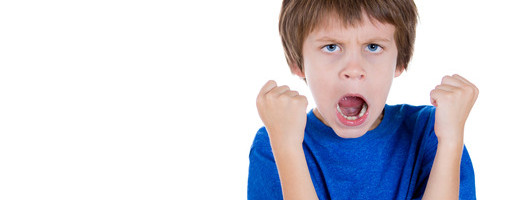Troubled Students and Inclusion: Effect on Students WITHOUT Disabilities

Contrary to Arne Duncan, and the latest DOE report claiming IEPs should be written the same for everyone, troubled students–students with behavioral/emotional disabilities–should have the right to services to address their problems. If their difficulties go unaddressed, left to the general education teacher with a class of 30 students, it could affect not only the troubled student, but the students in that class without disabilities.
Placing 90% of students with disabilities into general classes, means teachers get a hodgepodge of disability challenges. How does this affect students who don’t have such difficulties?
Seriously troubled students are one of the biggest problems facing teachers in public schools today.
Public schools must serve all students while private, parochial and charter schools can counsel troubled students out so the school environment will be favorable for learning. Most of today’s charter schools are strict and will not deal with children who act out.
We learned, in fact, that some “marching in a straight line” charter schools carry Troubled Students and Inclusion: Effect on Students WITHOUT Disabilities:
